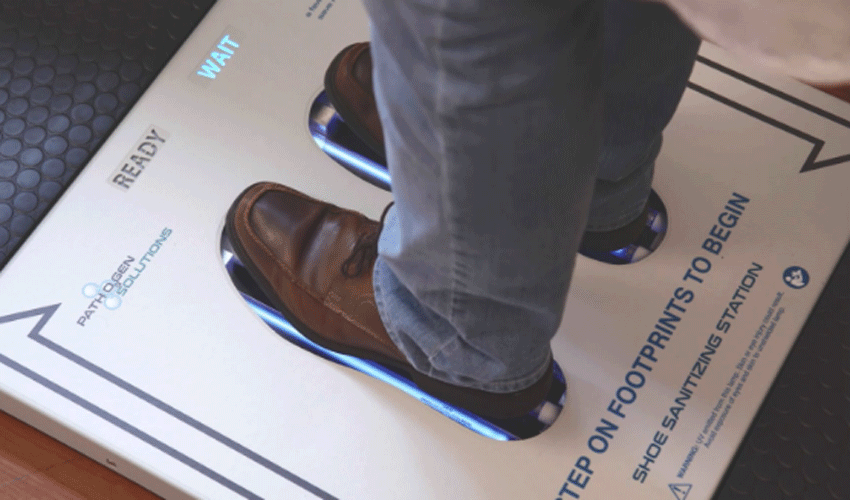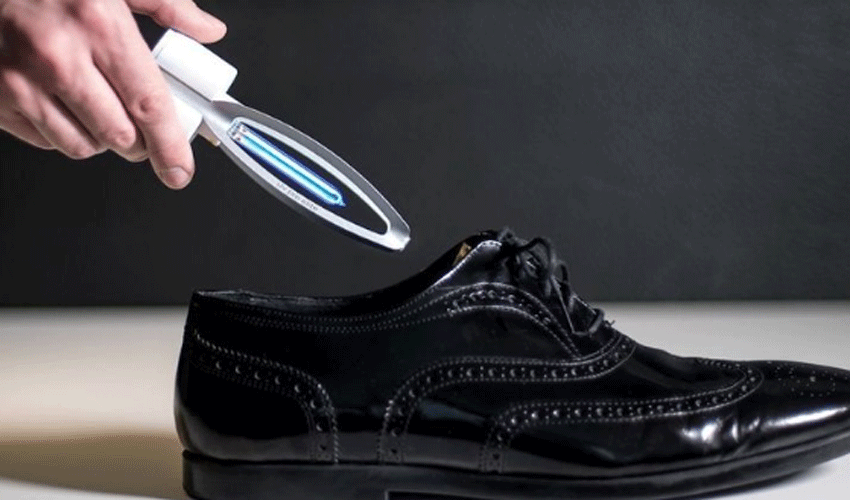
Shoes offer a fertile breeding ground for bacteria and other microorganisms that cause infections, such as athlete’s foot. Many people try to ignore this fact, and the results are a terrible odour that stems from smelly feet.
Cleaning your shoes in the washing machine isn’t always an option. However, using an ultraviolet (UV) shoe sanitizer is. These modern gadgets use ultraviolet heat to kill the microorganisms that create foot odour and other intolerable foot conditions. UVC light has long been used in hospitals and water treatment systems as an effective disinfectant.
Research shows that a device using UVC light can neutralize infectious diseases on shoes’ soles by over 99 per cent. This begs the question: Are these modern gadgets worth the hype? Are they effective? Let’s find out.
Safety Features
There’s a certain degree of safety that you need to adhere to when dealing with UV lights. You need to practice caution to avoid misusing them. If misused, clinical studies show that UV lights can cause skin and eye damage. Ensure that when the light is on, it is contained within the shoe.
There are a variety of models available in the market to choose from. Go for those models that have a bag into which the shoe is placed while being sanitized. Also, another feature you need to consider is an automatic shutoff mechanism.
Can be used With Topical Antifungals
UV devices can be used alongside topical antifungals. “UV gadgets and creams that are used to treat athlete’s feet can be used together to treat common foot conditions,” says David Armstrong, a podiatrist at the University of Arizona. Additionally, this device may aid people with diabetes who are at risk for health conditions resulting in amputation, adds Dr Armstrong. A 2012 study published in the JAPMA (Journal of American Podiatric Medical Association) reveals that UV lights can reduce 80 per cent of the two common microorganisms that cause nail infections and athlete’s foot.
UV Light Sanitizers: How they Work

Niels Ryberg Finsen, an Icelandic-Faroese physician and scientist, discovered UV light technology in the late 1800s. Niels even won a Nobel Prize in 1903 for using light radiation to treat diseases, especially lupus vulgaris. This opened a new path in medical health on just how UV light could be useful. Since his discovery, medical centers have been using this technology to disinfect surgical suites and reduce the spread of drug-resistant germs. So, how does UV light work? UV light falls under a class of electromagnetic radiation that produces three major types of UV rays. They include UVA, UVB, and UVC. Ideally, UVC rays have a shorter wavelength and high energy. This offers them the ability to destroy bonds that bind together the DNA of bacteria and viruses.
Insert vs. Post
UV sanitizers come in two types – post or insert. Technically, insert models have a UV bulb connected to the main hub. You can place the bulb in your shoes with a cord and connect it to a power source. On the other hand, post-style UV sanitizers have two posts where you place your shoes during sanitization. You can use insert-styles while on the road, and posts are better left at home. You’ll also need to understand the sanitization time, though it varies from model to model. Some modern brands can work in 15-20 minutes, while older versions take a few hours.
Does it Work on Sandals?
Technically, the device is tailored for shoes. It can still work on sandals though you’ll need to consider a few issues. First, ensure the insert fits into the sandal. If not, it will be less effective. Second, the UV light is open from an open-toe shoe. You need to ensure the sandals are wholly enclosed in a bag to curb the light from affecting your eyes.
What about Shoe Compatibility?
UV shoe sanitizers are designed as a one-size-fits-all. This means they work for most closed-toe shoes. However, if you have small or large feet than average, you may need to look for a model that comes in different sizes. You also need to note that not all sanitizers work for high heels or sandals, as we’ve mentioned above. Ensure you look carefully at the size and shape of the insert before buying.
So, are they worth it? “There’s no doubt that UV radiation mutilates the virus,” says Amesh Adalja, MD, FIDSA, an assistant professor at the John Hopkins University Center for Health Security and a Senior Scholar. However, Amesh adds that these UV light devices’ efficiency is limited compared to UV light hospital-grade machines. Even though Amesh doesn’t recommend one brand over the other, he says he doesn’t see any difference in whether you use one or not.


